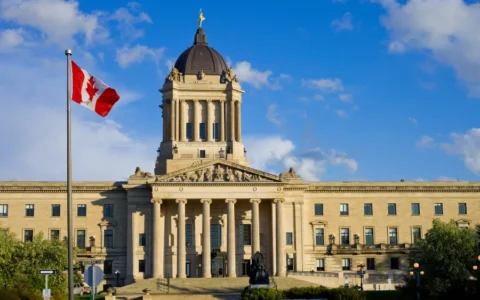in recent developments, the US EB-5 visa program, a favored route for obtaining green cards through investment, has witnessed a significant decline in participation from Indian applicants. From October 1, 2023, to May 31, 2024, there was a 22% decrease in EB-5 visas issued to Indian investors, totaling only 512 visas during this period. This decline is particularly noteworthy against the backdrop of the program’s overall growth in FY2024, where more than 7,000 EB-5 visas were issued globally, marking a 42% increase from the previous fiscal year.
Understanding the EB-5 Visa Program
Administered by the USCIS, the EB-5 Program enables investors, along with their spouses and unmarried children under 21, to apply for lawful permanent residence in the U.S. by investing in and supporting the creation or preservation of 10 permanent full-time jobs for qualified U.S. workers. The investment requirement varies by location but typically ranges from $800,000 in Targeted Employment Areas to $1.8 million in areas with lower unemployment rates.
Current Challenges and Changes
Several factors have contributed to the decreased interest among Indian applicants:
- Consular Backlogs and Processing Delays: The U.S. Consulate in Mumbai, a primary processing center for Indian EB-5 visa applications, has experienced significant backlogs and staffing challenges, particularly with officers trained to adjudicate EB-5 cases.
- Rising Costs and Stringent Regulations: The investment and application costs have surged, deterring potential investors. The strengthening of the U.S. dollar against the Indian rupee has further escalated the required investment amounts for Indian investors.
- Attractive Alternatives: Other countries, notably in Europe and the Middle East, are offering competitive “Golden Visa” programs that require lower investments and provide similar benefits, diverting potential investors away from the EB-5 program.
Strategic Importance and Future Prospects
Despite the downturn, the EB-5 visa remains a strategic option for Indian students and professionals aiming to live, work, and settle in the U.S., with a processing time of approximately 5-6 years. India continues to play a significant role in the EB-5 visa category, accounting for a substantial share of the visas issued. The program offers a clear path to permanent residency, access to top-tier educational institutions, and the opportunity to benefit from the U.S.’s robust economy.
Conclusion
While the recent decline in EB-5 visa issuances among Indians highlights challenges, the program’s overall growth and strategic benefits continue to make it a viable option for those looking to invest and reside in the United States. The ongoing adjustments in the program aim to streamline processes and enhance its attractiveness amidst growing global competition for foreign investors.






